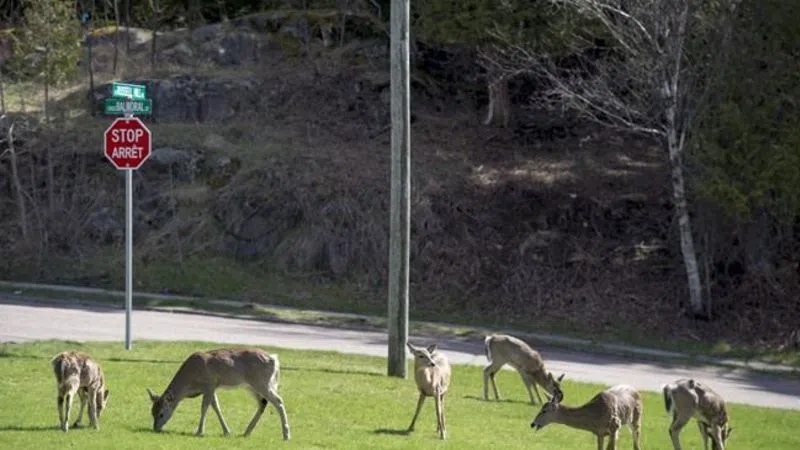
New Brunswick extends bow hunt to control deer population in populated areas
FREDERICTON — As roaming deer become a growing problem in New Brunswick municipalities, destroying gardens and even confronting pedestrians, the New Brunswick government is planning a controlled bow hunt within the city of Saint John this fall to deal with the nuisance.
A public meeting is set for Wednesday evening to explain the program to residents of a Saint John neighbourhood who have been complaining about deer walking in the streets and destroying gardens.
It is just the latest Canadian community to call for action as wild animals are pushed into populated areas by development or predators.
Joe Kennedy, a biologist with New Brunswick’s Department of Energy and Resource Development, said deer have been a growing problem for the last 10 years, and a controlled bow hunt was first launched in communities east of Saint John four years ago.


